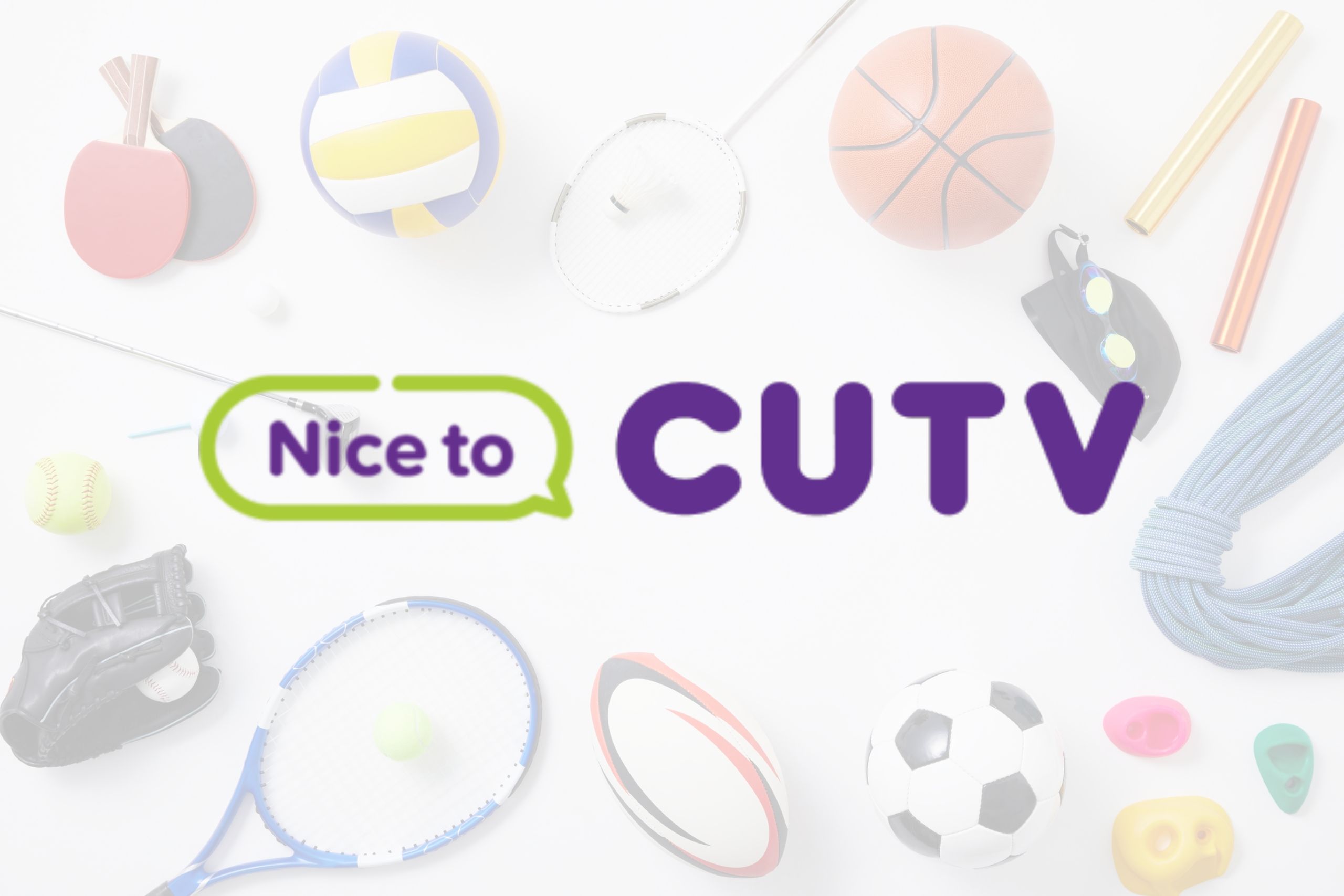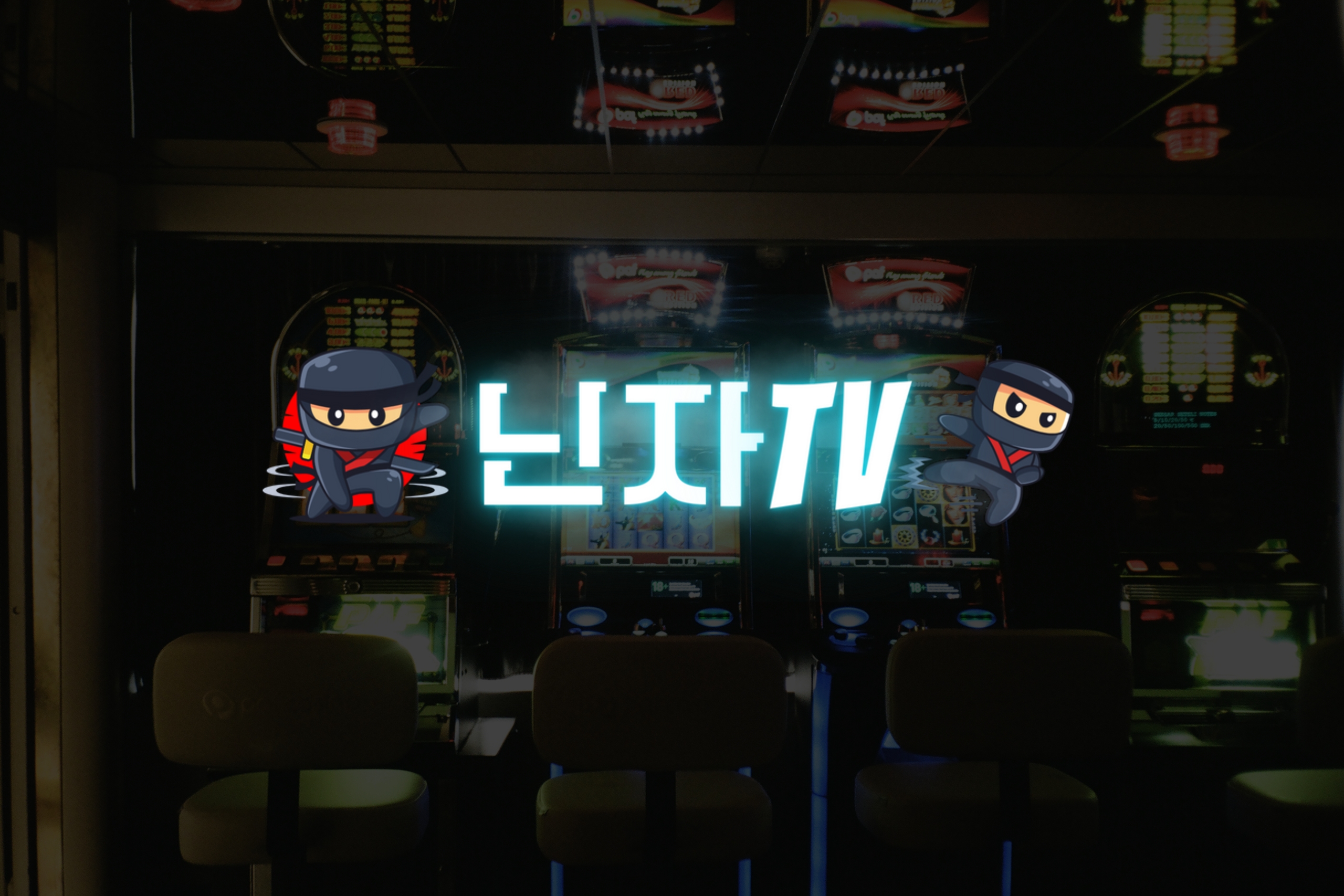Once a lowly trade mostly connected with basic drawings and plain frames, animation has developed into a revolutionary art form transforming narrative in movies. Its beginnings are in the late 19th century, when pioneers like Emile Cohl and Winsor McCay gave still pictures life. Animation developed with technology from hand-drawn methods to complex computer productions letting directors explore creative limits. Animation evolved to become a potent tool for communicating difficult emotions and strong ideas as well as for entertainment value. So popular across a spectrum of ages and genres, its special ability to picture thoughts, visions, and stories that would be hard to transmit via live-action alone captivating children and adults alike. More study into the past of animation shows that it has always been open to new ideas, which shows that it has basic value in telling stories in movies.
The Birth of Animation: A Historical Perspective
People who were creative started trying out new ways to bring still pictures to life in the late 1800s and early 1900s. “Gertie the Dinosaur,” written by Winsor McCay in 1914, is one of his most famous works. This short movie had a cute dinosaur talking with the watchers, showing how animation can be used to tell a story. McCay’s works were unique because they were both entertaining and showed that he had the artistic skills to make cartoon figures that felt real and current.
The invention of celluloid film as an alternative to animation was one of the most important turning points. Walt Disney and other pioneers were able to move forward by coming up with a technique called “cel animation,” in which artists produced drawings on transparent sheets, or “cels,” that could be placed on top of backdrops. The 1928 Disney movie “Steamboat Willie,” which starred Mickey Mouse, was the first to employ sound that was synced with animation. Disney’s victory cemented its position in animation history and opened the door for further commercial achievements that led to the fantastic animated movies we have today.

The Golden Age: Hand-Drawn Masterpieces
When movies like “Snow White and the Seven Dwarfs” employed hand-drawn animation, it altered how people felt animation might be used in storytelling. In 1937, Disney released “Snow White,” their first full-length animated movie. It showed audiences beautifully created characters and imaginative surroundings. The movie’s popularity proved not only how inventive Disney is, but also how effectively animated storytelling can present fascinating storylines that both kids and adults would enjoy. This era of animation set new standards: animated movies could be grand stories with romance, adventure, and beautiful music, not simply short comic strips.
Warner Bros. among other businesses helped to introduce well-known Looney Tune series characters into import, therefore bringing about this transformation. Beautiful for a large audience, Bug Bunny and Daffy Duck presented a unique blend of great humor and story. Their sarcastic approach and appealing songs generated a new sort of expectation for animation that promoted spontaneity and enjoyment. People’s views on Disney and Warner Bros. movies have changed. Now, they see them as living works of art that are more than just funny. It also depicts individuals who change a lot and conveys bigger tales. People still enjoy photos that are drawn by hand.
The Digital Revolution: CGI and Beyond
Movies like Toy Story from 1995 revolutionized the way we view tales by using computer-generated imagery (CGI). A lot of people used to sketch things by hand. It grew difficult to make things happen and move people about in ways that didn’t make sense. With CGI, artists could create worlds that were vibrant, three-dimensional, and full of genuine people and gorgeous visuals. Toy Story was a huge stride forward since it was the first full-length movie that used just computer-generated images (CGI). Thanks to technology, cartoon characters might come to life and be more than simply drawings.
Artists could utilize more genres and express their tales in more ways if they had greater tools. Artists could make stories that looked great and kept people of all interests by using true colors, fine details, and exciting movements in movies. CGI gave filmmakers a range of ways to express their creativity, from the beautiful settings in Finding Nemo to the exciting monster chases in Jurassic Park. Animation grew into a strong medium that broke down barriers and combined art and technology to create events that people would find deeply moving.
Diverse Styles: Expanding Global Influence
The richness of field of cinematic animation has been much enhanced by original animation techniques of global corporations focusing different creative expression and narrative opportunities. Viewers all across have delightedly seen two amazing films created by the Japanese Studio Ghibli, “Spirited Away” and “My neighbor Totoro.” The films revolve around nature, friendship, and growth; the hand-drawn images are very beautiful. They carry you to amazing created worlds. Ghibli films include cultural themes and storylines that inspire viewers to consider how animation may be appealing to all types of people and accessible to everyone.
Another great tool in the field of animation is stop-motion, which changes frames one by one and takes a lot of work but brings figures and their environments to life. Laika’s “Coraline” and other works demonstrate the grace and inventiveness of this kind of thinking. using so much incredible visual detail in “Coraline,” a really terrible tale using stop-motion reveals how powerfully artistically beautiful and emotionally intriguing experiences may be produced. Animation is a somewhat global artistic medium as its diversity in methods not only expands the cinematic scene but also gives voice for numerous civilizations and ideas.
The Future of Animation: Innovation and Imagination
New technologies in the field of animation, like virtual reality (VR), better 3D models, and AI-assisted animation, are pretty much changing everything. Artificial intelligence systems are becoming to be the best friends of animators as they allow artists to free themselves to focus more on creativity by handling everyday tasks. This allows them to create animations quicker and with more precision than they could have years before. VR is enabling parallel entire fresh level story enhancement. Entering a fully animated realm and feeling the story from within is a game-change! This kind of writing lets readers feel more connected to the story and characters, which makes their emotional attachments stronger.
These modifications also make it easy for everyone to become involved. More individuals can utilize cartoon tools, which means that more tales and voices can be heard. Animators know what people are going through, so they can develop movies that are more entertaining and engaging for everyone. As time goes on, anyone who wants to tell a story might be able to use animation to do it. This would affect our shared movie viewing and narrative telling style.

Conclusion
Animation movies have quite a fascinating history. The earliest computer-generated pictures were in “Toy Story,” while the first hand-drawn sequences were in “Snow White” by Émile Cohl and Walt Disney. Since then, the art form has changed a lot. Since the dawn of cinema and cel animation, new technologies have offered humans new methods to produce art and communicate tales. AI and virtual reality are now coming together. When people watch cartoons, they’re more likely to have creative thoughts. Going forward, there will be lots of fun events and unique stories that make people appreciate the people who make this great media.







